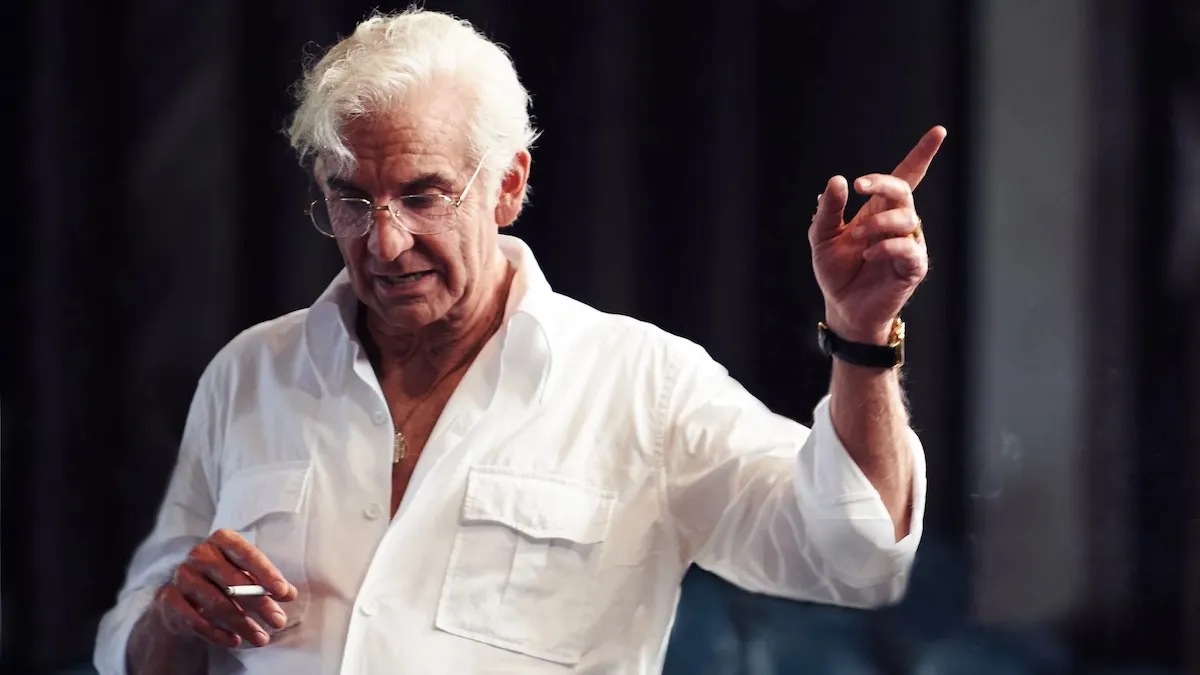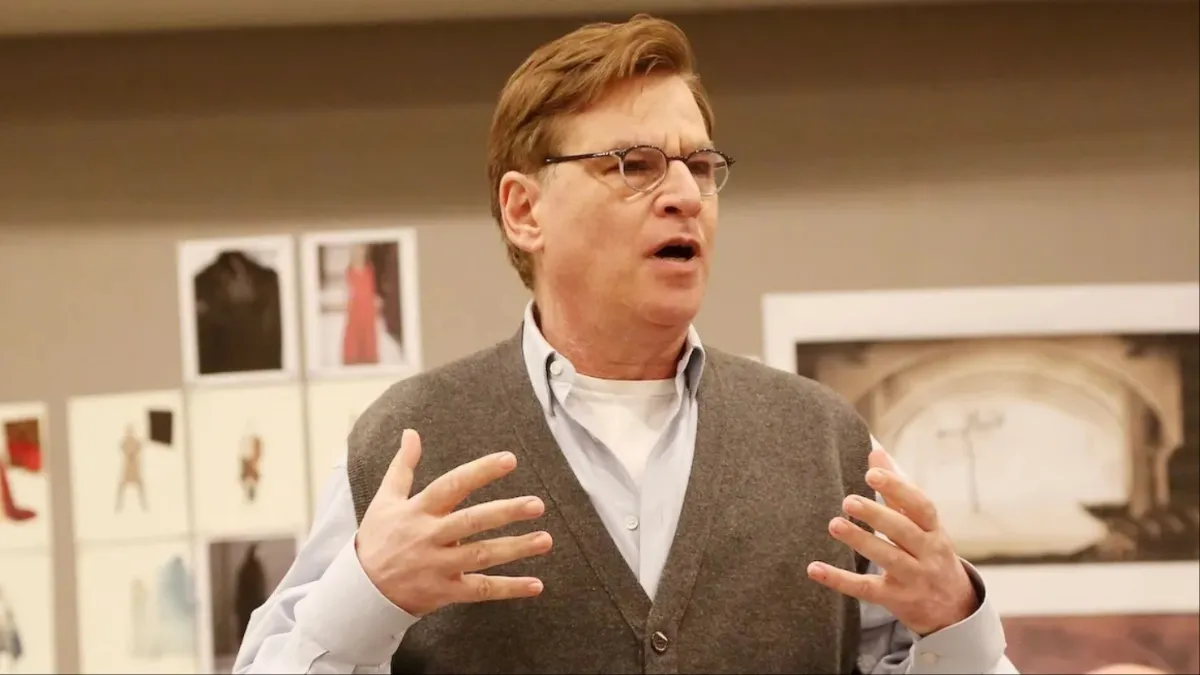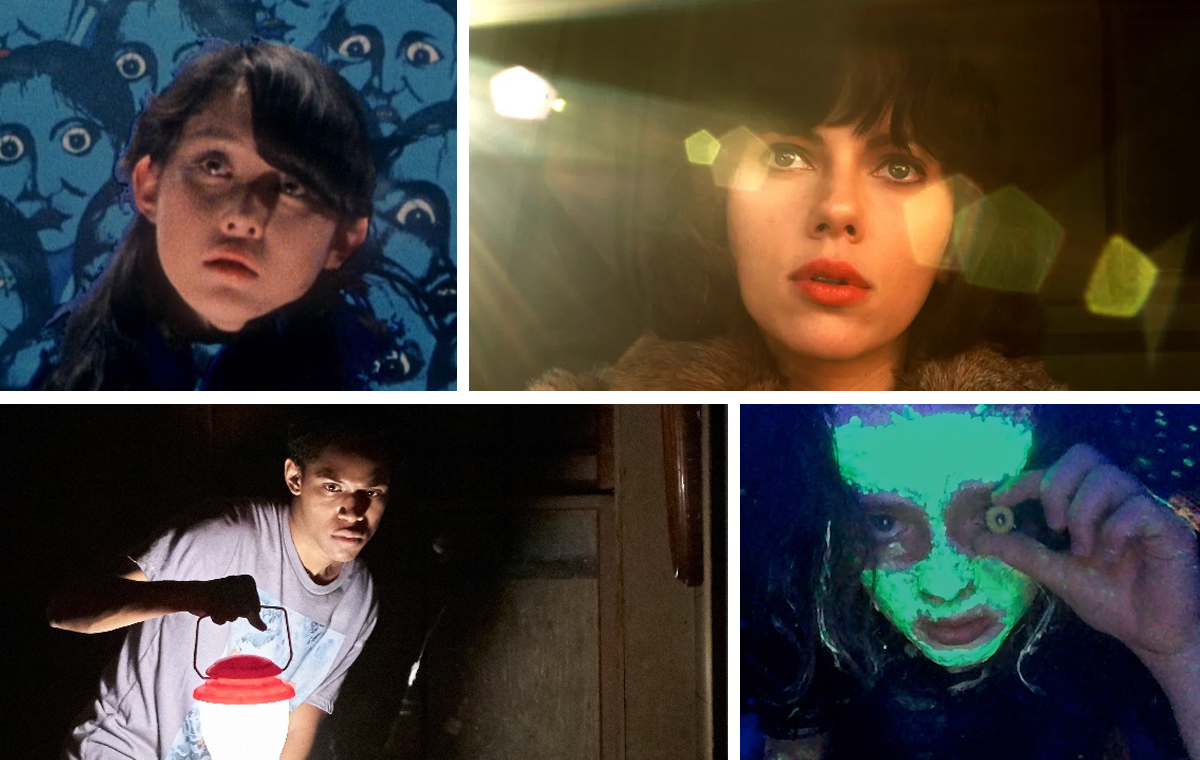Few composers have made a bigger mark on modern music than Leonard Bernstein, composer of works ranging from the divisive Mass to the beloved music of West Side Story. His personal life—the son of Jewish immigrants, a closeted gay man, a musical genius—was as complex as his musical career. How does one tell a story like his?
For Bradley Cooper—director, producer, co-writer, and star of Maestro—the answer seems straightforward: a linear story of Bernstein’s (Cooper) career and lifelong romance with actor Felicia Montealegre (Carey Mulligan). But does Maestro do Bernstein justice?
The plot of Maestro begins in 1943, with Bernstein’s breakthrough conducting debut with the New York Philharmonic. The story is legendary: after guest conductor Bruno Walter suddenly came down with the flu, the young Bernstein stepped in with no preparation or rehearsal. Maestro uses some fancy camera work to convey Bernstein’s excitement at the unexpected opportunity, but the event itself feels hurriedly glossed over—and that skipping stone style of storytelling sets the tone for the rest of the film.
Maestro suffers from the same problem as other biopics (ahem) that try to take on too much: It races through Bernstein’s life without stopping for breath. Felicia makes her debut in the story; the next thing we know, she and Leonard are courting. Leonard’s ambition, and his relationships with other men, strain their marriage. His career is celebrated while she literally stands in his shadow. They fight. They reconcile. The story never quite settles anywhere. The years pass in a blur, marked by some of Bernstein’s seminal performances, which Cooper faithfully recreates.
And indeed, some of the most insightful and moving scenes in the film are reconstructed from archival footage. Leonard and Felicia give an interview with Edward Murrow, in which Leonard reveals his struggle with the solitary nature of making art. Years later, he conducts Mahler’s majestic Symphony No. 2 at Ely Cathedral, and his rapture is infectious. However, instead of offering additional insight into Bernstein’s life, these scenes made me want to just watch the original footage. (In fact, I did, and it was fantastic.)
The place where the film suddenly gets raw and compelling is in its final act, in which Leonard struggles with his double life and Felicia is diagnosed with lung cancer. Unlike the quirky surrealist sequences that mark pivotal moments throughout the rest of the film, the last scenes let the characters’ honest humanity shine through, with Mulligan delivering a heart-wrenching portrayal of Felicia’s decline.
Does Maestro succeed in capturing the essence of Bernstein? It helps that the movie is scored with Bernstein’s work itself, giving it a dynamism that the story and visuals constantly try to catch up with. Even though the film itself falters, Bernstein himself shines through, and maybe that’s its own kind of achievement.
Maestro is currently playing in select theaters, and streaming on Netflix on December 20.
(featured image: Netflix)









